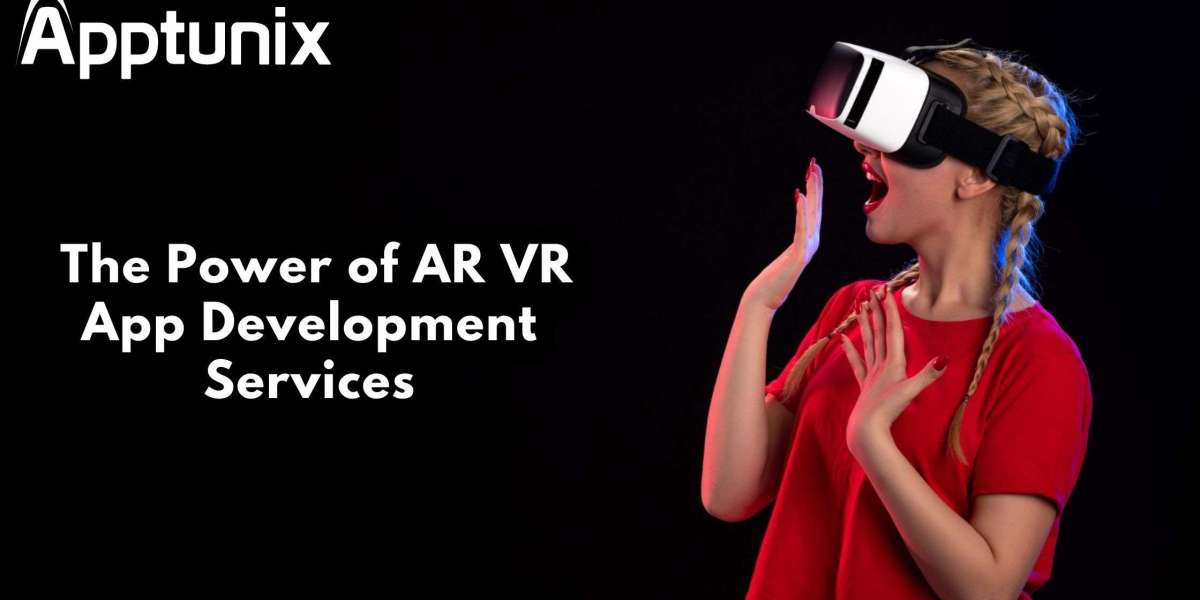The realm of Augmented Reality (AR) and Virtual Reality (VR) is not just a sci-fi dream anymore; it's a technological frontier we're actively shaping. In this article, we dive deep into AR VR software development and its potential to transform our digital experiences.
The AR VR Revolution
Augmented Reality and Virtual Reality have swiftly moved from niche applications to mainstream tech. The following subtopics will shed light on the immense possibilities and the role of AR VR software development in shaping our digital landscape.
AR and VR in Gaming
The gaming industry has seen a seismic shift with AR and VR. Titles like "Pokemon GO" and VR games immerse players in virtual worlds, offering an unparalleled level of engagement.
Education Enhanced
AR and VR are not confined to entertainment; they are educational powerhouses. From virtual labs for science students to immersive history lessons, these technologies revolutionize the way we learn and comprehend complex subjects.
Bridging Gaps in Healthcare
The healthcare sector benefits immensely from AR VR software development. Surgeons can rehearse procedures in a virtual environment before performing them in reality, reducing risks and enhancing patient safety. Additionally, AR aids in diagnostic procedures, making healthcare more efficient and accurate.
Transforming Retail
Augmented Reality is changing the way we shop. Virtual try-ons allow customers to visualize products in their living rooms before making a purchase. This not only enhances the shopping experience but also reduces return rates for e-commerce businesses.
The AR VR Development Process
Let's delve into the nitty-gritty of AR VR software development. A well-executed AR VR project requires careful planning and execution.
Idea Generation: Every successful AR VR application begins with a compelling idea. Whether it's a gaming concept, an educational tool, or a healthcare solution, the idea is the cornerstone.
Prototyping: Before diving headfirst into development, creating a prototype is essential. It helps visualize the user experience and fine-tune the concept.
Testing and Debugging: Rigorous testing is crucial to identify and eliminate any issues.
Deployment: Once the application is polished and perfected, it's ready for deployment. This may involve launching it on app stores, platforms, or devices.
Challenges and Future Prospects
Despite the immense potential of AR VR software development, it comes with its share of challenges. These hurdles include security concerns, data privacy issues, interoperability, and power consumption optimization.
However, as technology evolves, these challenges will be addressed. The future is promising, with AR VR set to revolutionize various industries, from healthcare to tourism.
In conclusion, AR VR software development is at the forefront of technology's next wave. Whether you're a gamer seeking immersion, a student hungry for interactive learning, or a business owner looking to enhance customer experiences, AR VR has something transformative to offer. It's a journey into the future, and it's only just beginning.






